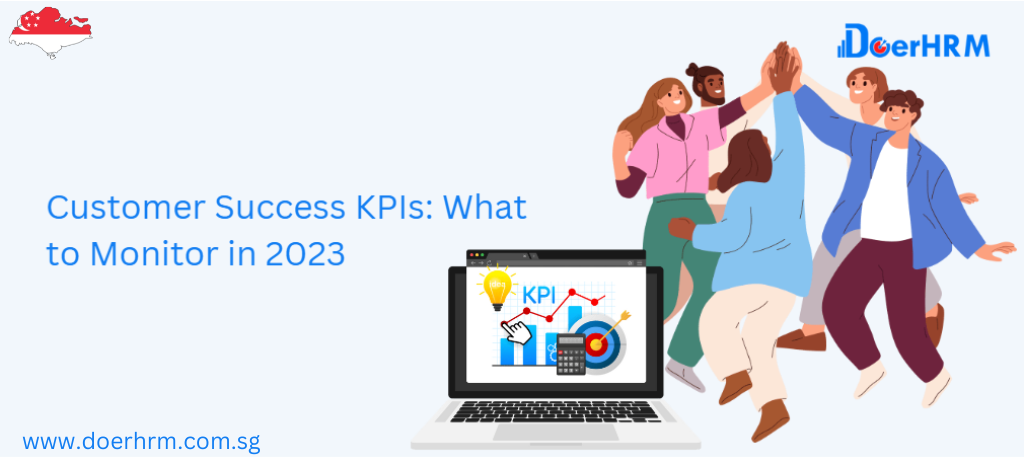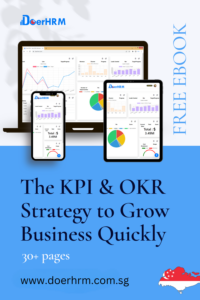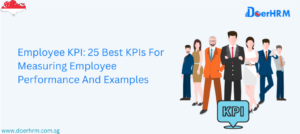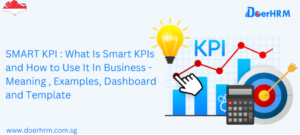Acquiring new customers is challenging, but for SaaS businesses, retaining them poses the current significant challenge. The focus has shifted towards cross-selling and upselling as the most effective strategies to boost revenue, tasks now assigned to modern Customer Success Managers. Consequently, the evolution of Customer Success Key Performance Indicators (KPIs) aligns with these changing dynamics over time.
What exactly are the KPIs for Customer Success?
Customer success KPIs help businesses keep track of how well they keep customers, look at churn rates, and figure out how they are taking advantage of new growth opportunities.
These metrics help CS leaders take a proactive approach that can help them make better data-driven strategies that are based on unbiased insights made with the help of multiple data sources, including multiple communication channels.
For the best results, the modern post-sales lifecycle needs to be strong and correct. Traditional metrics like customer lifetime value (CLV) and net dollar retention (NDR) have been used for more than a decade, but you need to be more hands-on with your analysis now. Less responsive metrics will help customer service teams react faster to churn risks and change their playbooks as needed.
Why do Customer Success teams in 2023 need accurate metrics?
There are more and more use cases. It’s getting harder to guess what will happen in the market. Businesses grow (and shrink) more quickly. To make things even more complicated, customer accounts are always changing because relationships and feelings change.
All of these things mean that CS leaders and teams need to adopt a more data-driven approach if they want to grow in a way that is sustainable. When you use, track, and improve the right metrics, you can:
- Streamline and improve the way you onboard new employees.
- Increase account transparency to sell more and keep more customers.
- Analyze and understand the journeys of your customers to provide more value.
- Track changes in how customers feel to better control damage (churn).
- Better align business processes with the main goal.
- Improve CS operations and make them more productive
- Get customers to talk about your brand (mouth of the word)
You can get all of the above benefits by choosing the right metrics for your business. If you have too many KPIs to track, it can hurt your business. We have chosen the top 7 customer success KPIs you need to track in 2023.
Top 7 KPIs for Customer Success in 2023
CSMs have been trying to move the needle for the past 10 years by using traditional metrics and getting direct feedback. Even though they are still useful in many situations, the old KPIs are not enough to measure the changes and shifts in the SaaS space today.
Customer Success has changed over time, and so have the metrics that need to be tracked and watched all the time. Here are seven important metrics that need to be part of your customer service plan right now:
Net Revenue Retention (NRR)
The NRR metric lets you figure out how much money you made over a certain amount of time, minus the money you lost due to customers leaving. When this key KPI is above 100%, it means that the business is healthy and growing even without adding new customers. The NRR metric needs to be carefully and as often as possible calculated.
Customer Churn Rate
Customer Churn Rate, which is also called “customer turnover,” is one of the most important CS KPIs today because it shows how many customers leave the service. It’s easy to figure out: just divide the number of lost customers by the number of total customers at the beginning of the relevant time period and multiply by 100.
Metric North Star
The goal of the North Star Metric is to help companies get their teams to work together around a key metric that measures the value delivered as a sign of growth. Since the Sales, Product, Marketing, Support, IT, and Customer Success teams are all focused on their own sub-metrics and sub-goals, the North Star acts as a Single Source of Truth to align the whole company with the common goals and increase visibility across departments.
A good NSM should have the skills to:
- Measure Product Value
It should be able to keep track of the “aha!” moment when a customer realises how valuable your product is to them.
- Be a Leading Indicator of Revenue
It should become a leading business indicator for your company instead of a lagging one (like churn).
Relationship Score
The Customer Relationship Score has become an important part of all customer service strategies, especially when it comes to large and important accounts. The relationship score helps companies find relationship-based risks and opportunities. It does this by taking into account the relationships your company has with multiple stakeholders.
Customer Health Score (CHS)
As the name suggests, the Customer Health Score measures how engaged customers are right now to figure out how likely they are to stay customers. This churn management KPI can be calculated in a number of different ways, depending on the number of parameters.
Net Promoter Score (NPS)
NPS is a metric that is often used in CS. It’s a way to figure out how satisfied customers are and how loyal they are. These scores are based on surveys, in which people also have to explain how they scored. This lets businesses know where they stand with their customers and find problems before they get out of hand.
Customer Sentiment Score
Customer sentiment is a fluid and changing idea that takes into account both the actual experience and a judgement based on feelings. When you accurately track how customers feel, you can keep an eye on trends and make a customer service strategy that is up-to-date. It also helps keep track of how people feel about a product in real-time and figure out why things are changing.
Numbers Don't Always Reveal Everything
Setting up and keeping track of KPIs is great, but they can’t tell the whole story because SaaS consumption is so dynamic and unpredictable today. To see the risks and opportunities in your key account, you really need to understand and break down the relationships, hierarchies, and dependencies in it. Besides that, here are two other things you should think about when making your CS plan.
Expansion is the new KPI for customer success
No longer is reducing churn rates and signing off enough. No CSM can be happy today if upselling and cross-selling metrics don’t go up in a big way.
KPIs can be different for each use case
Today, there are more and more different kinds of audiences to reach. As Product-Led Growth grows, the line between B2B and B2C is also becoming less clear. This means that users can come from different industries and have different needs, so the same KPIs can show very different things.
Summing it Up
In the contemporary landscape, the role of a Customer Success Manager involves striking a delicate balance between ensuring customer satisfaction and driving increased revenue for the business. Given the individuality of each customer, relying solely on Customer Success Key Performance Indicators (KPIs) may have its drawbacks. Hence, understanding the dynamics of relationships and hierarchies within key accounts becomes crucial.
The DoerHRM KPI solution offers a valuable tool for gaining in-depth insights into customer relationships, enabling on-the-go tracking of trends in customer sentiment and engagement. This platform provides actionable insights beyond conventional metrics, enhancing the understanding of customer dynamics.







The point of view of your article has taught me a lot, and I already know how to improve the paper, thank you.
I may need your help. I’ve been doing research on gate io recently, and I’ve tried a lot of different things. Later, I read your article, and I think your way of writing has given me some innovative ideas, thank you very much.